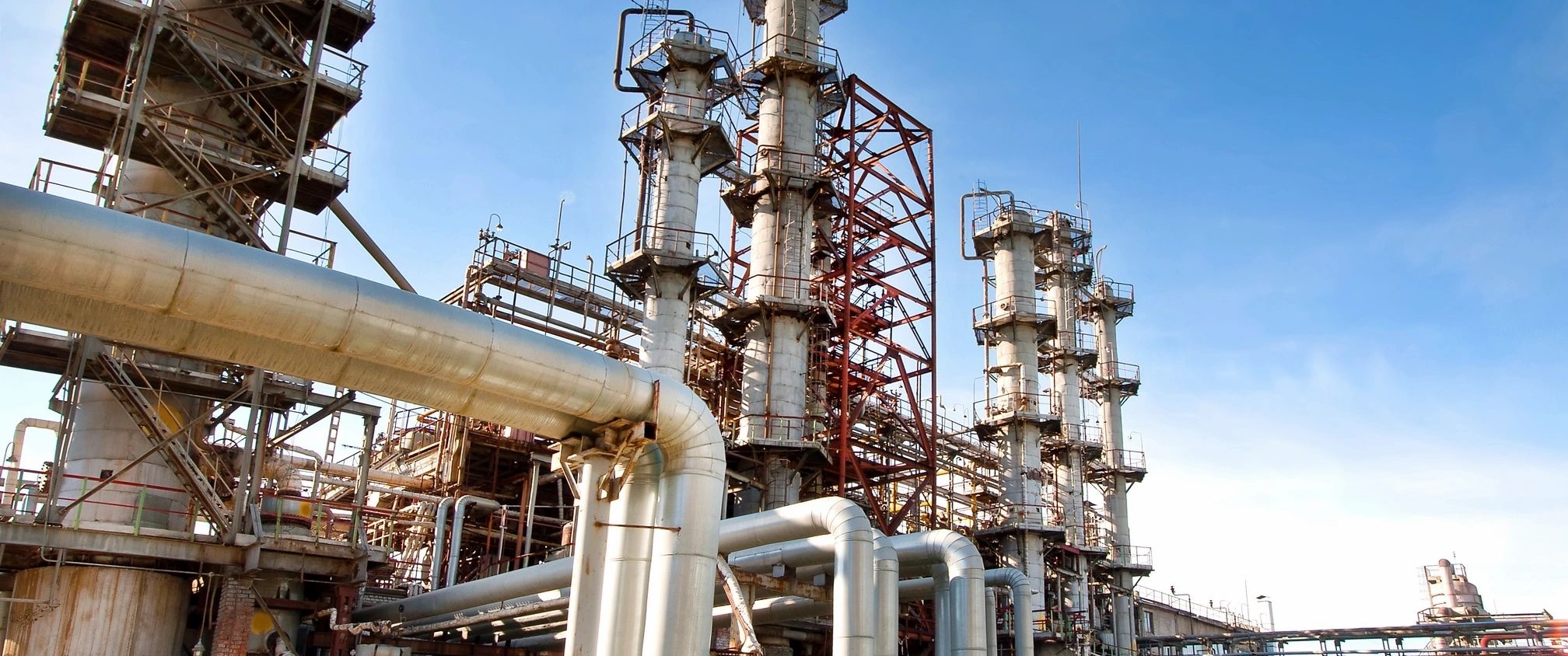In the dynamic and demanding world of oil and gas operations, safety is paramount. Hazardous locations (Hazloc) present unique challenges that require specialized equipment to ensure the well-being of personnel and the integrity of operations.
One crucial aspect is the use of Hazloc certified wireless equipment for point-to-point solutions. Let’s explore what makes these solutions essential and how they contribute to a safer work environment.
Understanding Hazloc Certification: Hazardous locations are areas where the presence of flammable gases, vapors, liquids, combustible dust, or ignitable fibers poses a risk of fire or explosion. To address these risks, regulatory bodies have established stringent standards for electrical and electronic equipment used in such environments. Hazloc certification ensures that devices meet these standards, assuring their safety and reliability.
Key Features of Hazloc Certified Wireless Equipment:
-
Explosion-Proof Design:
- Hazloc certified wireless equipment is designed to contain any potential explosion within the device itself, preventing it from igniting the surrounding atmosphere.
- Robust construction and sealing techniques ensure that the equipment can withstand the harsh conditions of oil and gas environments.
-
Intrinsically Safe Components:
- Components are chosen or designed to be intrinsically safe, meaning they cannot release enough energy to ignite hazardous substances.
- This feature minimizes the risk of sparks or heat generation, making the equipment suitable for use in classified hazardous areas.
-
Temperature Classifications:
- Hazloc certified wireless equipment is classified based on its ability to operate safely within specified temperature ranges, accommodating the extreme temperature variations often encountered in oil and gas operations.
-
Corrosion Resistance:
- The equipment is built with materials that resist corrosion, ensuring longevity and reliability in corrosive environments common in the oil and gas industry.
-
Radio Frequency (RF) Interference Mitigation:
- To avoid interference with critical operations, Hazloc certified wireless devices are equipped with advanced RF interference mitigation techniques.
- These devices are designed to operate reliably in the presence of other wireless equipment without compromising safety or performance.
Benefits of Using Hazloc Certified Wireless Equipment:
-
Enhanced Safety: By adhering to stringent safety standards, Hazloc certified wireless equipment minimizes the risk of accidents, ensuring the well-being of personnel and the integrity of operations.
-
Compliance with Regulations: Utilizing certified equipment ensures compliance with local and international regulations, preventing legal issues and potential operational disruptions.
-
Reliability in Harsh Environments: The robust design and corrosion-resistant materials make Hazloc certified wireless equipment reliable in the challenging conditions of oil and gas operations.
-
Increased Operational Efficiency: Wireless solutions facilitate efficient communication and data transfer, enhancing overall operational efficiency and productivity.
Conclusion: Investing in Hazloc certified wireless equipment for point-to-point solutions is not just a regulatory requirement; it’s a commitment to safety and operational excellence in the oil and gas industry. By prioritizing safety through the use of certified equipment, organizations can create a secure working environment while optimizing their processes for greater efficiency.
In the context of hazardous locations (Hazloc) and the classification of equipment used in potentially explosive atmospheres, various classes, divisions, and zones are defined to ensure the safety of personnel and equipment. These classifications are typically determined by regulatory bodies and standards organizations. Here’s an overview of the different classes commonly used in Hazloc environments:
-
Class I – Flammable Gases and Vapors:
-
Class I, Division 1 (Div 1): Locations where flammable gases or vapors are present continuously, intermittently, or periodically under normal operating conditions.
-
Class I, Division 2 (Div 2): Locations where flammable gases or vapors are present only during abnormal conditions, such as a container failure or system breakdown.
-
-
Class II – Combustible Dusts:
-
Class II, Division 1 (Div 1): Locations where combustible dust is present continuously, intermittently, or periodically under normal operating conditions.
-
Class II, Division 2 (Div 2): Locations where combustible dust is present only during abnormal conditions.
-
-
Class III – Ignitable Fibers and Flyings:
-
Class III, Division 1 (Div 1): Locations where easily ignitable fibers or materials producing combustible flyings are present continuously, intermittently, or periodically under normal operating conditions.
-
Class III, Division 2 (Div 2): Locations where easily ignitable fibers or materials producing combustible flyings are present only during abnormal conditions.
-
-
Zones (Used in IEC Standards):
-
In the International Electrotechnical Commission (IEC) system, hazardous locations are classified into zones instead of classes and divisions.
-
Zone 0, 1, and 2: Zones define the likelihood and duration of the presence of explosive atmospheres. Zone 0 represents areas where explosive atmospheres are present continuously, Zone 1 represents areas where explosive atmospheres are likely to occur, and Zone 2 represents areas where explosive atmospheres are not likely to occur and, if they do, will only exist for a short time.
-
It’s important to note that different regions and countries might adopt different standards and classifications. Organizations operating in Hazloc environments should adhere to the specific regulations applicable to their location and industry. Additionally, equipment used in hazardous locations often needs to be certified for the specific class, division, or zone in which it will be deployed to ensure safety and compliance.


